A severe lack of rain that’s parched central Maine with drought conditions this summer has plunged water levels to historic lows in some area rivers, lakes and streams.
That’s meant more pronounced low tides on the Kennebec River, revealing new islands and rocky shores.
The low water has also left some docks sitting on the ground instead of floating in the water on area lakes, made launching boats tougher in some spots, depleted groundwater supplies relied upon for drinking water, and stressed and endangered cold-water species of fish.
Officials are monitoring water conditions closely. They aren’t panicking yet about the conditions and also said some recent rain, however modest, helped raise water levels in some streams. They note the lack of rain this summer has helped improve water quality because of a lack of runoff during and after rainstorms with some water bodies such as Cobbossee Lake having the best water clarity ever measured.
Water levels measured at the United States Geological Service gauge on the Kennebec River in Sidney confirm what seems obvious to river observers seeing exposed land where there is usually flowing water.
The river is low. Historically low.
Nick Stasulis, data section chief of the Maine office of USGS, said water levels on the section of the Kennebec River running through Sidney and Augusta are in the lowest 5 percent of data ever collected for this time of year.
“That’s low,” Stasulis said. “When tides are high, you don’t notice water levels are low. But when tides go out and you start seeing rocks you haven’t noticed before, you start to realize water levels are in fact pretty low.”
Jason Seiders, regional fisheries biologist for state Inland Fisheries and Wildlife, said the Kennebec River and most area lakes and ponds are lower than normal, even for this time of year when water levels tend to be lower anyway. Generally water that is shallower than normal is also warmer than normal.
That’s bad for cold-water fish species like trout and salmon that need cold, well-oxygenated water to survive. Seiders said some central Maine streams have been especially low, and thus warm, stressing fish who live in them.
“Some of the smaller streams, including some trout streams, I’ve seen almost go dry,” he said. “So we’re going to have some issues with losing a lot of trout this summer. We’ll see some of these fish trapped in pools, trapped in that habitat, so predation will be high. They’re susceptible to great blue heron, raccoons.”
Stasulis said recent rains have actually raised water levels in streams in many parts of the state with parts of northern Maine seeing normal or even high water levels in streams, but Augusta and its surrounding area didn’t get much of the rain that helped raise surface water levels elsewhere. He cited the Sheepscot River, which connects to the Kennebec downstream of Merrymeeting Bay, as an example of a water body that remained low because it largely missed out on the recent rain that fell across much of the rest of the state.
LOW LAKES
Dick Greenan, secretary of the Belgrade Lakes Watershed Dams Committee, which monitors area water levels at dams, said a rainstorm a few days ago dropped about 1 inch in Benton, while the Belgrade area only got about half of that.
Greenan, of Rome, said Long Pond is about 10 inches below what is considered to be “full pond,” and Great Pond is 8 inches below full pond. That low water has turned rocks that in a typical summer would be well below the water into hazards for boaters.
It has also made some boat owners unable to use their boat lifts, devices that raise docked boats up out of the water, because the lifts can’t go low enough to reach into the water. He also jokes this would be a good summer to be selling propellers for boats to replace the many that boaters have lost to rocks in the low water.
“I just replaced a prop last week. I bumped a rock right in front of my own dock, and I even had the prop halfway up,” Greenan said. “I’ve bumped several times this summer. I’ve been here 14 years and I’ve never seen it this low.”
Wendy Dennis is a limnologist, or water scientist, for Cobbossee Watershed District, which was formed in 1973 to protect the ponds, lakes and other bodies of water that flow into Cobbossee Stream in an area including Litchfield, Manchester, Monmouth, Readfield, Richmond, Wayne, Winthrop and Gardiner. She said water levels are low in most of the lakes the district monitors.
Measurements taken last week at seven spots in district lakes indicated those lakes ranged from 8 inches to 16 inches below full pond level. Dennis noted that in a summer with normal rainfall, water levels in lakes wouldn’t normally reach full pond levels anyway. But she said some of the lakes, notably Cochnewagon and Berry, Dexter and Wilson ponds, are substantially and unusually low at 16 inches below full pond levels.
Dennis said water levels on Berry, Dexter and Wilson ponds, which are all controlled by the same dam on Wilson Pond, and on Cochnewagon, are the lowest recorded this time of year going back to 1990, which is as far back as she looked at the data.
“Sixteen inches below full pond is unusual,” she said. “Cochnewagon is usually at least 6 inches higher (than it is now) in late August, and normally is a foot or more higher. Cochnewagon is a headwater lake. There are no other lakes feeding it. It relies totally on rainfall and runoff. So there’s no way to catch up.”
Three water bodies within the Cobbossee Watershed District — Torsey Pond and Maranacook and Annabessacook lakes — are about a foot below full pond levels. Dennis said Maranacook was last that low this time of year in 2005. Annabessacook hasn’t been so low this time of year since 1997.
Stasulis, of Winthrop, said he’s noticed several people’s docks on Maranacook Lake are sitting on the ground, not floating.
Other area lakes checked by the district last week were 8 to 9 inches below full pond, which Dennis said isn’t unusual for this time of year. Cobbossee Lake was 9 inches below full pond, which Dennis said is just a little below average for August.
‘IT’S JUST MOTHER NATURE’
Normally, Cobbossee Watershed district officials work with the owners of eight dams within the district to track water levels and raise and lower dam gates to control water levels. They aim to start the year at full pond levels, which are set by the district and aim to ensure there is enough water in the water bodies for water recreation, but not so much that there is flooding. It’s a balancing act that usually requires dam owners to alter how much water their dams release to manage water levels so they remain not too high and not too low.
Not so this year. Dams have generally been closed up tight to retain as much water as they can.
“We took those actions early in the summer, minimizing discharge” from dams, Dennis said. “There has really been nothing to do since, not much for dam operators to do.”
Greenan, too, said dams in the Belgrade area “have been closed rock-solid since the first week in May.”
“We’re trying to preserve the water we’ve got. There is only so much you can do,” Greenan said. “We’re doing our rain dances after midnight, but it’s not helping. It’s just Mother Nature.”
One benefit of the low water has been that water quality, as measured by its clarity or transparency, is way up in many lakes.
Dennis said with very little rain, there has also been very little runoff. And without much runoff, there is less soil erosion and less transport of phosphorous into the lake. And since algae in lakes need phosphorous, less rain generally results in less algae.
Greenan said testing done in a partnership with Colby College in Waterville on Friday on Long Pond indicated that water clarity was great.
Dennis said some water bodies, including Cobbossee Lake, are matching or exceeding their best water clarity readings since it has been measured, going back to the 1970s.
In addition to fish, low water levels can also impact wildlife on land.
Keel Kemper, Sidney-based regional wildlife biologist for state Inland Fisheries and Wildlife, said in general if you have less water, you also have less vegetation, and thus less for animals that eat vegetation to dine upon to survive. He said berry crops aren’t as robust as they might be in years with more rain. And he said when less natural food is available, you tend to see more conflicts between humans and animals, as animals seek out human-related food sources, such as bears going to bird feeders to dine.
“We’ve got a little spike in complaints about bears in bird feeders, deer in gardens, things like that,” Kemper said. “Having said that, Mother Nature is very bountiful. It’s not as if animals don’t have anything to eat. Maine lakes and ponds are certainly low, but it’s not like we’re in the plains of Africa with one watering hole that critters from 50 miles around come to use. You do see some concentration of wildlife, but no one is seeing die-offs of critters for lack of water here.”
Kemper said birds that nest on the ground, like grouse and turkey, were likely helped by the lack of rain because wet conditions make it harder for them to nest.
Even in areas of the state which saw stream levels rise recently, groundwater supplies remain between low and very low, including some southern areas of the state seeing record low groundwater levels, Stasulis said.
Stasulis said the ground is so hard and dry and vegetation so desperate for water that what rainfall there is gets sucked up by vegetation or runs off into streams, rather than adding to underground aquifers.
A well monitored by USGS at Viles Arboretum in Augusta since 2004 is about a foot lower than it has ever been recorded in August.
Keith Edwards — 621-5647
Twitter: @kedwardskj
Copy the Story LinkSend questions/comments to the editors.


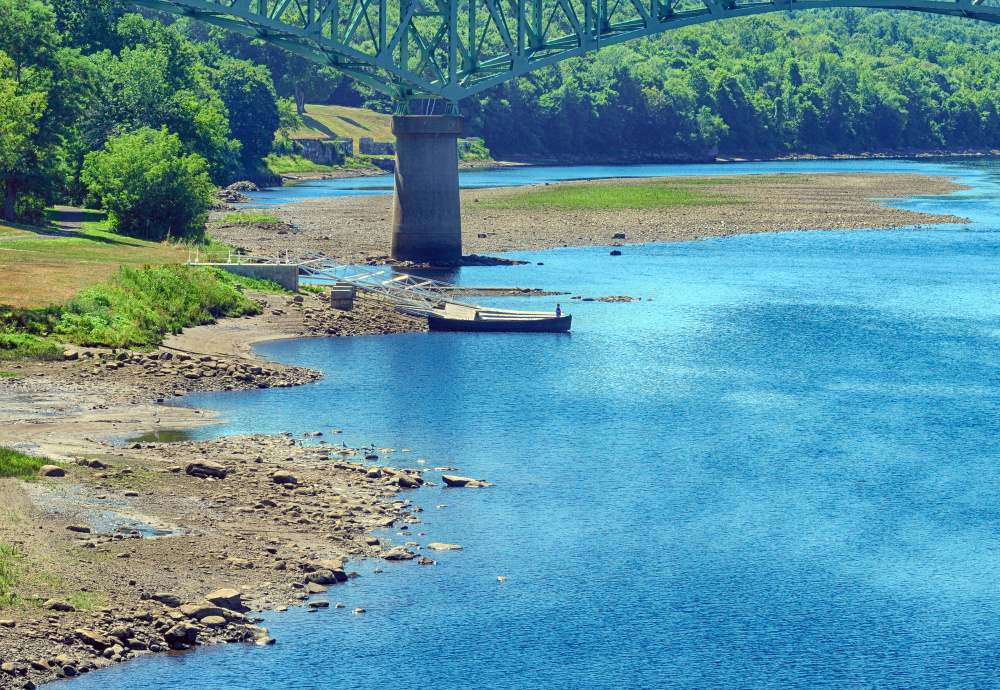
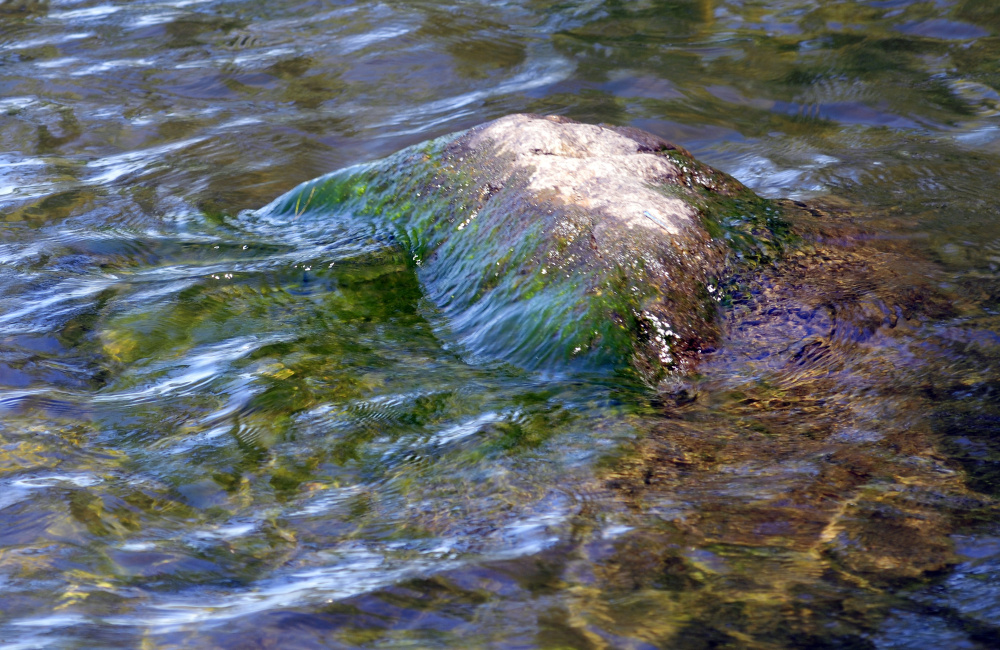
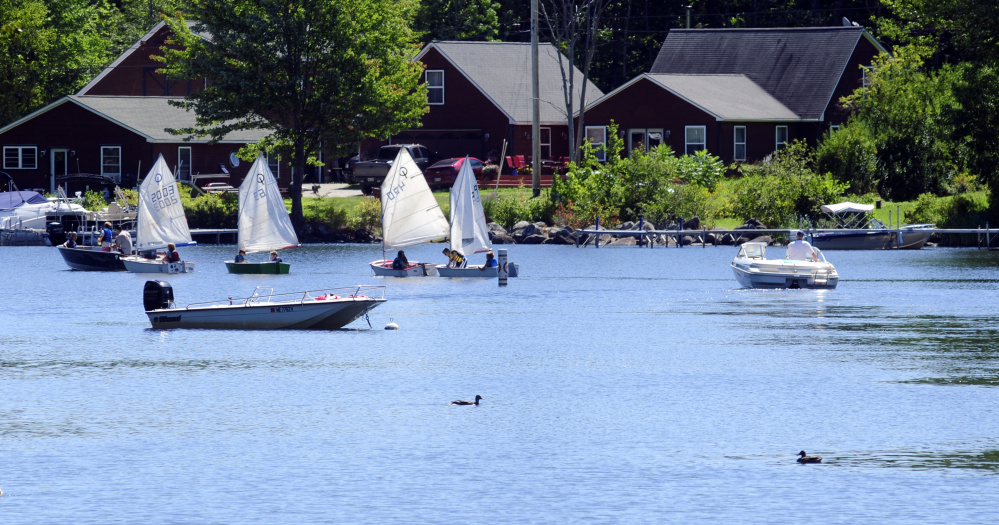
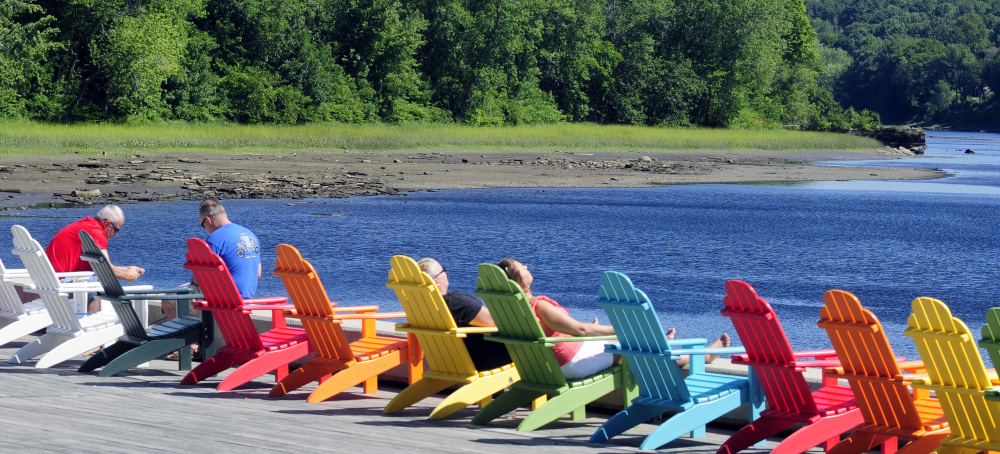
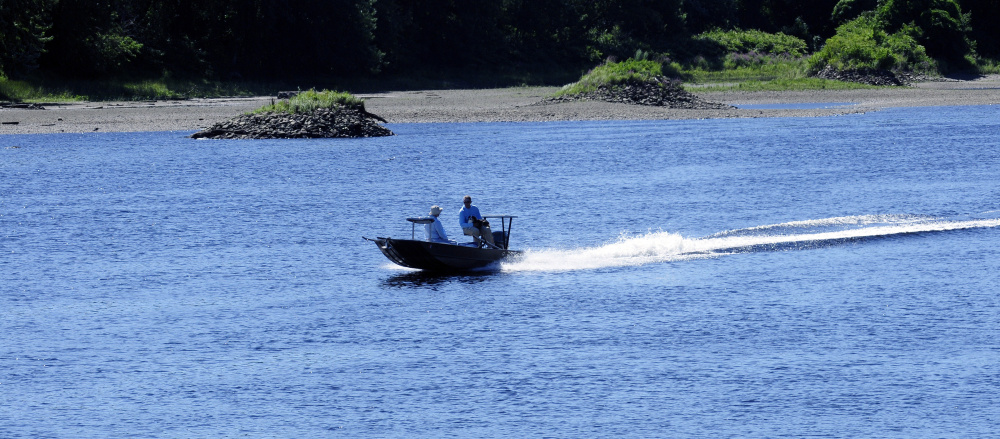
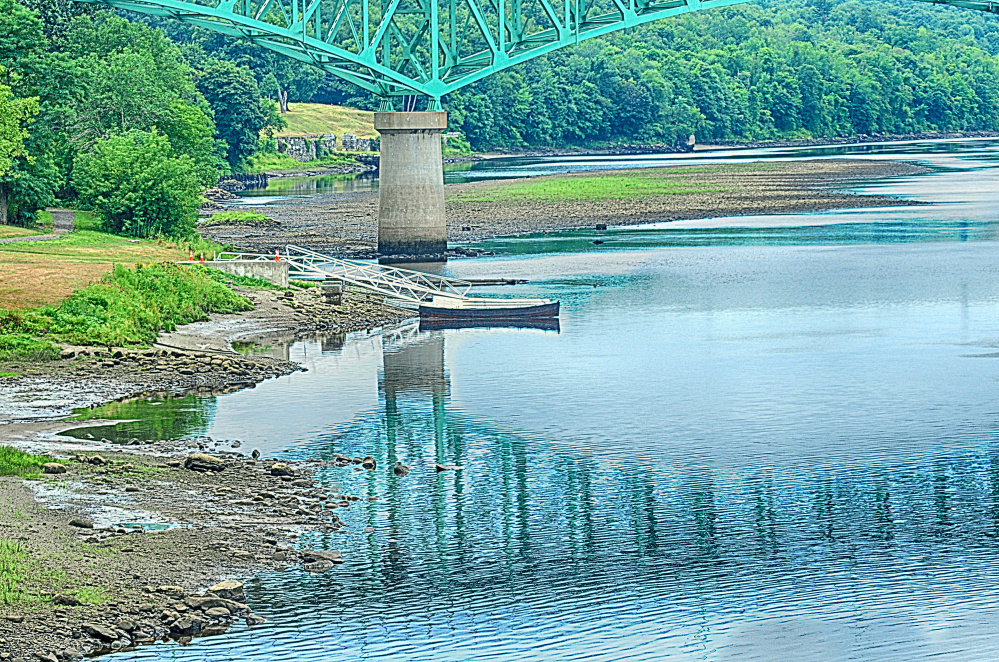
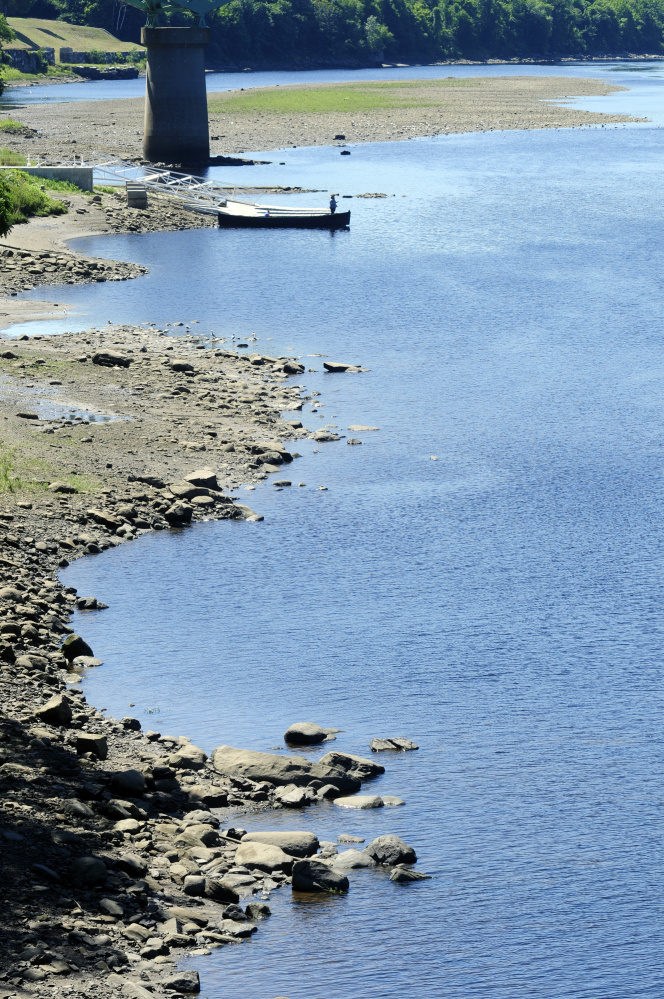

Success. Please wait for the page to reload. If the page does not reload within 5 seconds, please refresh the page.
Enter your email and password to access comments.
Hi, to comment on stories you must . This profile is in addition to your subscription and website login.
Already have a commenting profile? .
Invalid username/password.
Please check your email to confirm and complete your registration.
Only subscribers are eligible to post comments. Please subscribe or login first for digital access. Here’s why.
Use the form below to reset your password. When you've submitted your account email, we will send an email with a reset code.